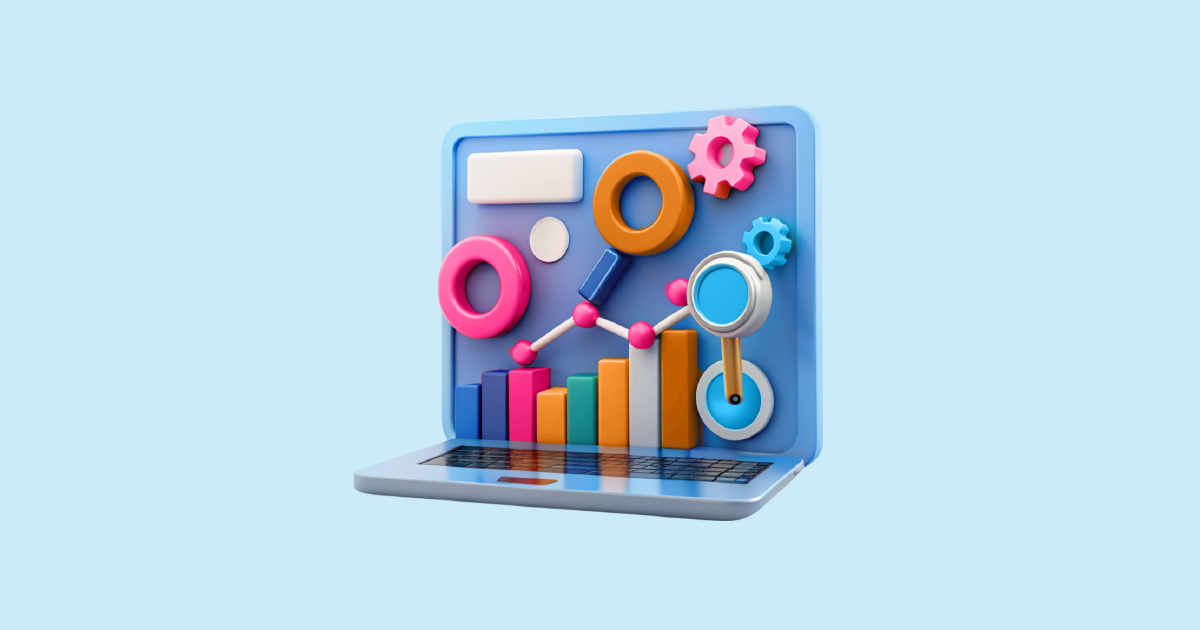In today’s fast-paced world, crises can arise unexpectedly, disrupting operations and impacting an organization’s reputation. Effective crisis management is crucial for mitigating damage and ensuring swift recovery. This is where crisis management tools come into play, offering structured and efficient ways to handle emergencies.
Types of Crisis Management Tools

1. Communication Tools
Communication is the backbone of effective crisis management. Without clear and timely communication, misinformation can spread, exacerbating the situation. Tools designed for communication help in disseminating accurate information to all stakeholders.
2. Data Analysis Tools
During a crisis, data is invaluable. Analyzing real-time data helps in understanding the scope of the crisis and making informed decisions. Data analysis tools offer insights that guide response strategies.
3. Social Media Monitoring Tools
Social media can significantly influence public perception during a crisis. Monitoring tools track social media platforms for relevant mentions, allowing organizations to address concerns promptly.
4. Incident Management Tools
These tools help in documenting, managing, and resolving incidents efficiently. They provide a structured approach to handling various types of crises, ensuring nothing falls through the cracks.
5. Risk Assessment Tools
Proactive risk assessment can prevent many crises from occurring. These tools help identify potential risks and vulnerabilities, allowing organizations to take preemptive measures.
6. Communication Tools
6.1 Role of Communication in Crisis Management
Effective communication ensures that everyone involved is on the same page. It helps in managing the flow of information and prevents panic. During a crisis, clear communication can save lives and resources.
6.2 Examples of Effective Communication Tools
- Slack: Offers real-time messaging and collaboration features.
- Microsoft Teams: Provides a platform for communication and file sharing.
- Zoom: Facilitates video conferencing for real-time updates.
7. Data Analysis Tools
7.1 Importance of Data in Crisis Situations
Data drives decisions. In a crisis, having access to accurate data allows organizations to respond appropriately. It helps in identifying the affected areas and understanding the impact.
7.2 Popular Data Analysis Tools
- Tableau: Visualizes data for better understanding.
- Google Analytics: Tracks and reports website traffic and user behavior.
- AIM Insights: Integrates data from various sources for comprehensive analysis.
8. Social Media Monitoring Tools
8.1 Impact of Social Media in Crisis Management
Social media can either fuel a crisis or help manage it. Monitoring tools help track public sentiment and identify emerging issues before they escalate.
8.2 Top Social Media Monitoring Tools
- Hootsuite: Manages multiple social media accounts and monitors mentions.
- AIM Insights: Analyzes social media conversations for insights.
- Sprout Social: Offers social media management and analytics.
9. Incident Management Tools
9.1 Managing Incidents Efficiently
Incident management tools streamline the process of reporting, tracking, and resolving incidents. They ensure that all steps are documented and that the response is coordinated.
9.2 Recommended Incident Management Tools
- ServiceNow: Provides comprehensive incident management features.
- JIRA: Ideal for tracking and managing incidents and projects.
- OpsGenie: Alerts and incident management for rapid response.
10. Risk Assessment Tools
10.1 Assessing Risks Proactively
Risk assessment tools help organizations identify and evaluate risks before they become crises. This proactive approach minimizes the likelihood of severe disruptions.
10.2 Best Risk Assessment Tools
- RiskWatch: Offers risk management and compliance solutions.
- LogicGate: Provides a flexible platform for risk assessment.
- SpiraPlan: Integrates risk management with project management.
Features to Look for in Crisis Management Tools
1. Real-Time Updates
Real-time updates are essential for keeping everyone informed and ensuring swift responses. Look for tools that provide instant notifications and live data feeds.
2. User-Friendly Interface
A user-friendly interface ensures that the tools are accessible to everyone, regardless of their technical expertise. This is crucial during a crisis when time is of the essence.
3. Integration Capabilities
Integration with other systems and tools enhances the functionality of crisis management tools. It allows for seamless data flow and better coordination.
4. Customization Options
Every organization has unique needs. Customizable tools allow you to tailor features to fit your specific requirements.
5. Scalability
As your organization grows, your crisis management tools should be able to scale accordingly. Scalable tools can handle increased data and user loads without compromising performance.
Benefits of Using Crisis Management Tools
1. Improved Response Time
With the right tools, organizations can respond to crises more swiftly. This reduces the impact and helps in quicker recovery.
2. Better Coordination
Crisis management tools enhance coordination among team members, ensuring that everyone knows their role and responsibilities.
3. Enhanced Decision-Making
Access to accurate and real-time data improves decision-making. Leaders can make informed choices that mitigate the impact of the crisis.
4. Minimized Damage
By managing crises effectively, organizations can minimize physical, financial, and reputational damage.
Challenges in Implementing Crisis Management Tools
1. Resistance to Change
Employees may resist new tools and processes. Overcoming this resistance requires training and clear communication about the benefits.
2. Training and Adaptation
Implementing new tools involves a learning curve. Providing comprehensive training ensures that employees can use the tools effectively.
3. Cost Considerations
While the benefits are significant, the cost of implementing crisis management tools can be high. It’s essential to weigh the benefits against the costs.
Future Trends
1. AI and Machine Learning
AI and machine learning can predict potential crises and provide insights for proactive management.
2. Blockchain Technology
Blockchain ensures data integrity and transparency, which is crucial during crises where trust is paramount.
3. Enhanced Mobile Applications
Mobile apps are becoming more sophisticated, offering real-time updates and allowing crisis management from anywhere.
How to Choose the Right Crisis Management Tool
1. Identify Your Needs
Understand the specific needs of your organization and the types of crises you are likely to face.
2. Evaluate Features
Compare the features of different tools to find the best fit for your requirements.
3. Consider Your Budget
Ensure that the tool provides value for money and fits within your budget.
4. Seek User Reviews
User reviews can provide insights into the effectiveness and usability of the tools.
Implementing Crisis Management Tools in Your Organization
1. Planning and Strategy
Develop a clear plan and strategy for implementing crisis management tools. This includes defining roles and responsibilities.
2. Training Your Team
Provide training to ensure that all team members are proficient in using the tools.
3. Continuous Improvement
Regularly review and update your crisis management plan and tools to adapt to new challenges and technologies.
Conclusion
Crisis management tools are essential for navigating the complexities of modern crises. By choosing the right tools and implementing them effectively, organizations can mitigate damage, ensure swift recovery, and maintain their reputation. Interested in seeing these tools in action? Request a demo from AIM Technologies today to learn how our cutting-edge solutions can help your organization stay prepared for any crisis.
FAQs
What are crisis management tools?
- Crisis management tools are software and technologies designed to help organizations manage and respond to crises efficiently.
Why are communication tools essential in crisis management?
- Communication tools ensure that accurate information is disseminated quickly, preventing misinformation and panic.
How can social media monitoring tools aid in a crisis?
- They help track public sentiment and identify emerging issues, allowing organizations to address concerns promptly.
What should I consider when choosing a crisis management tool?
- Consider factors like real-time updates, user-friendliness, integration capabilities, customization options, and scalability.
Are there any free crisis management tools available?
- Yes, some tools offer free versions with limited features, such as Hootsuite for social media monitoring and Google Analytics for data analysis.




